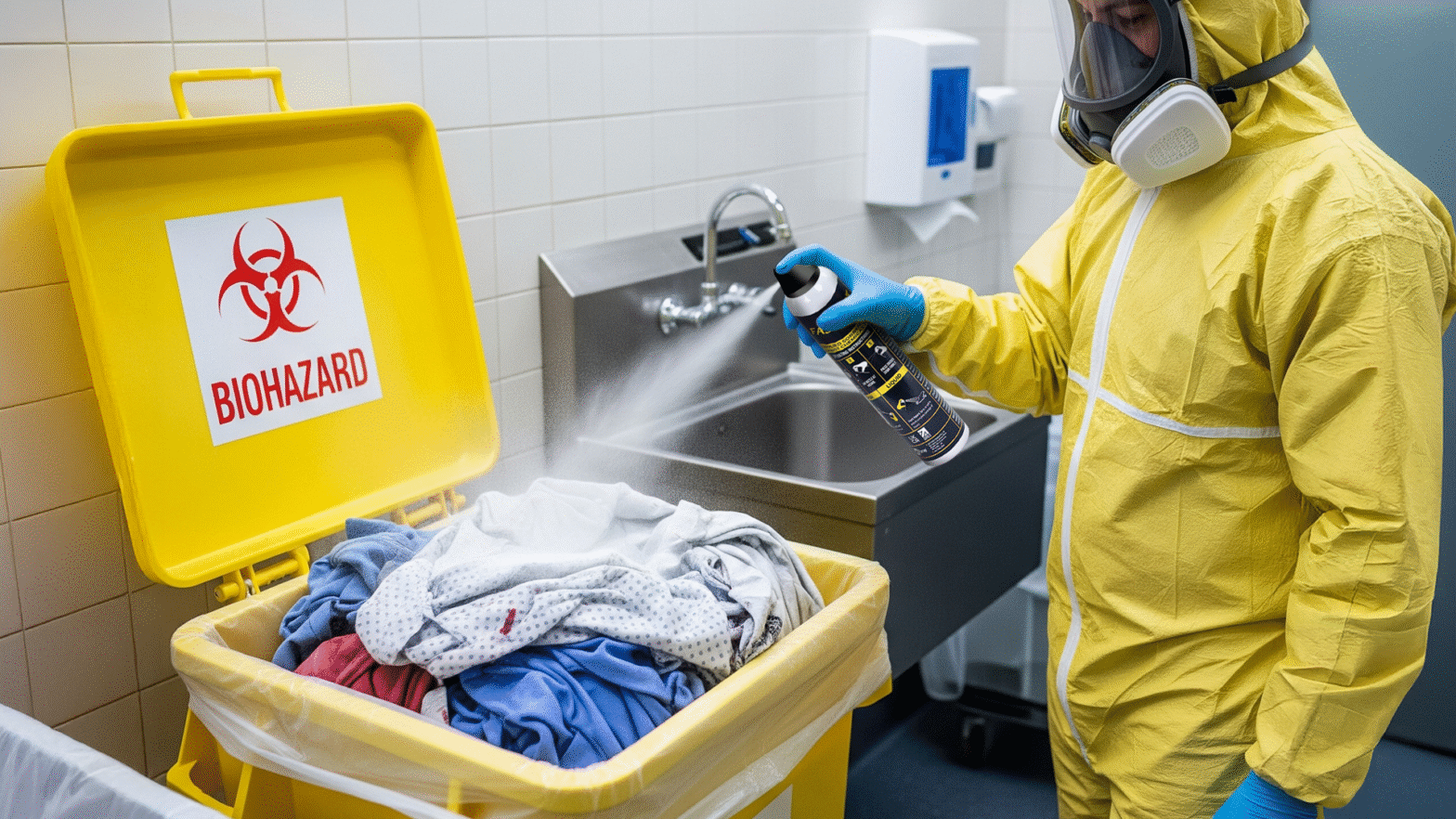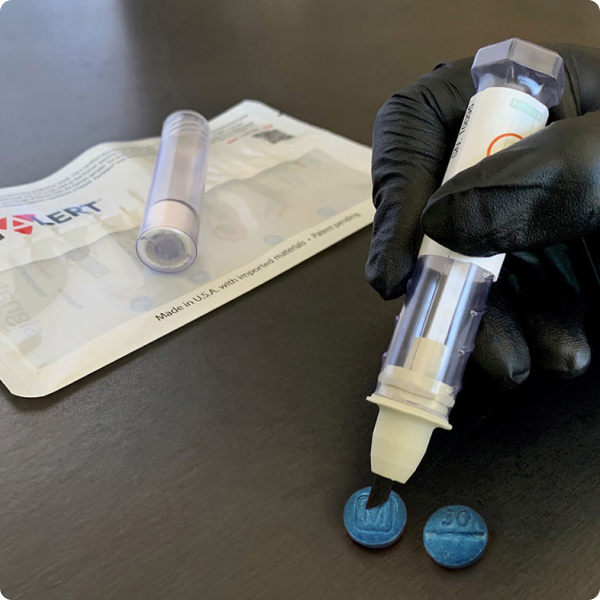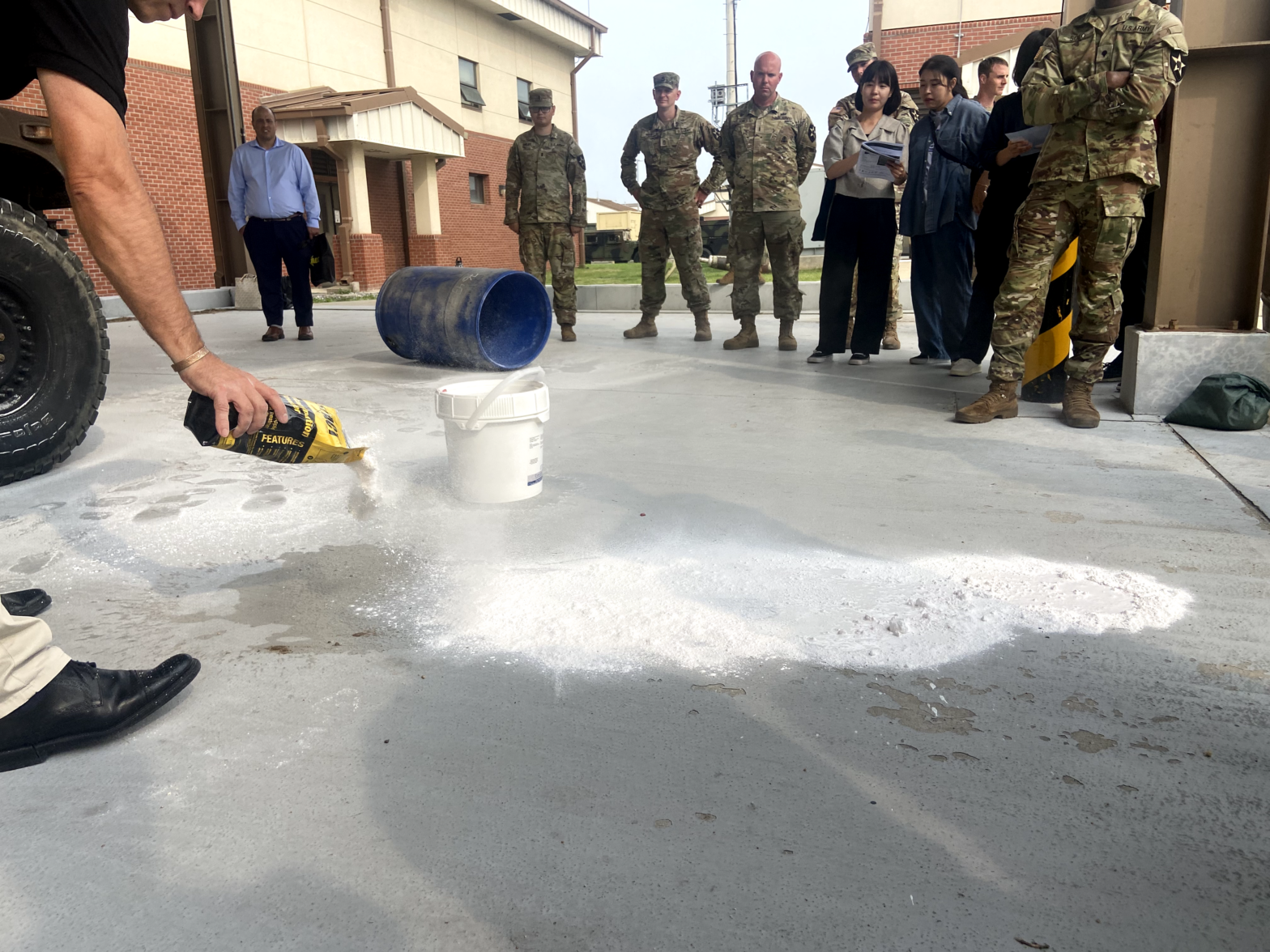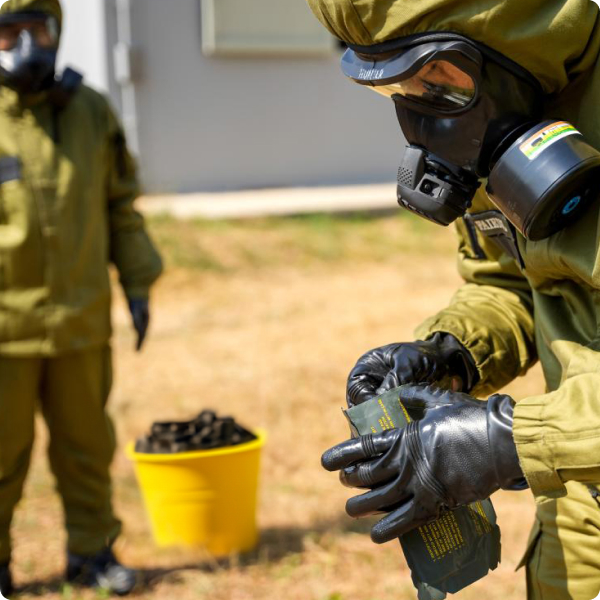During a mass casualty incident involving chemical agents or hazardous materials, every second counts. Hospitals must act quickly to protect patients, staff, and infrastructure while maintaining operations within the hospital environment. Traditional wet decontamination systems, which rely on large volumes of water and extended setup, can slow down an emergency response when speed is critical. … Continue reading Hospital Dry Decontamination: A Faster, More Efficient Approach to Emergency Response
Tag: Surface Decontamination
FAST-ACT’s Hospital SOP: Advancing Chemical Decontamination Preparedness
In this blog, we will cover the essential steps of the FAST-ACT hospital SOP, explain how the FAST-ACT Pressurized Cylinders, FAST-ACT Decontamination Mitts, and FAST-ACT Decontamination Wipes are applied, and highlight the supporting science behind these hospital-focused decontamination protocols.
Defending Against the Unknown: Why the FAST-ACT DEFEND Kit is Critical for First Responders
The rise of fentanyl and other illicit drugs has amplified these risks. For those on the front lines, having a reliable, field-ready solution for both detection and decontamination is no longer optional—it’s essential.
Understanding Cyclosarin: A Comprehensive Guide to Its Chemical Properties and Effects
This guide breaks down cyclosarin’s chemical properties, health effects, and environmental behavior, while also showing how FAST-ACT decontamination solutions protect communities against these toxic chemicals.
Breaking Down Radioactive Decontamination: Why FAST-ACT Wipes Are a Game Changer
Radioactive contamination presents a serious health risk, especially in high-exposure environments like nuclear facilities and emergency response scenarios. Learn more about how FAST-ACT Wipes enhance radiological safety and download the full test report.






